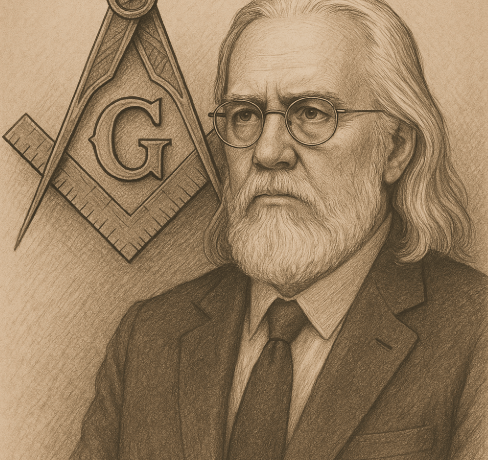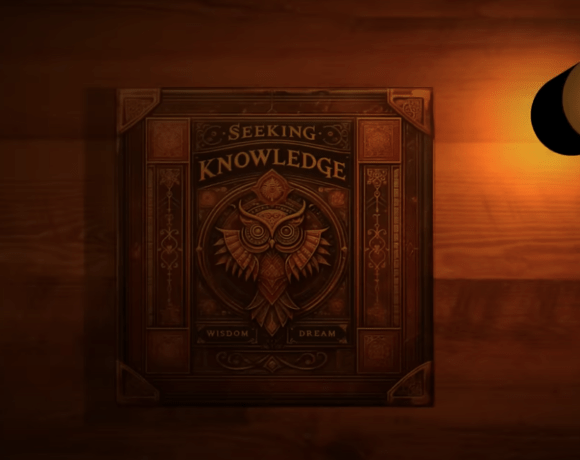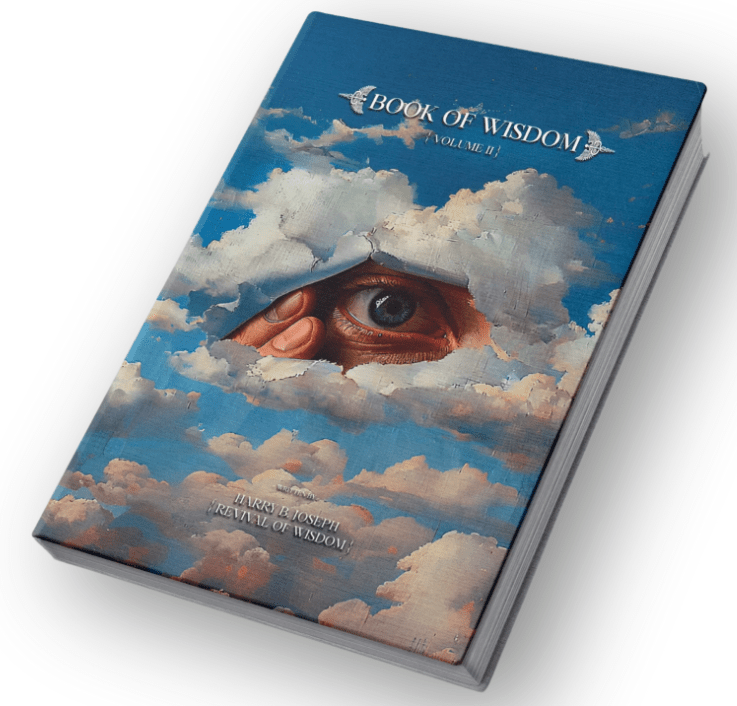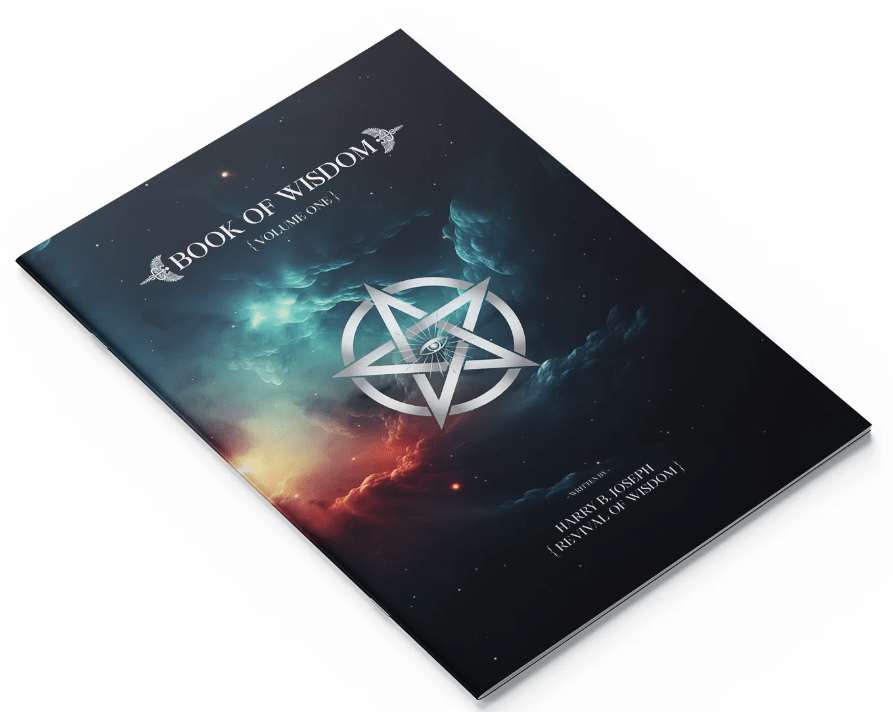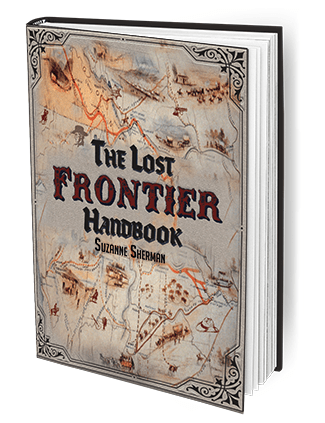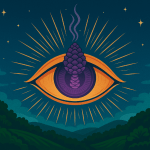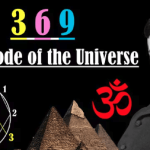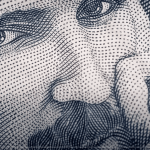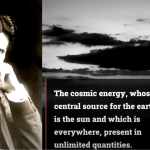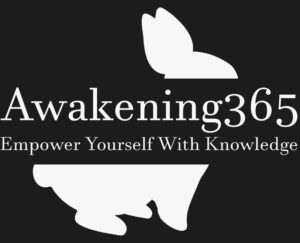Freemasonry is a fraternal organization that traces its origins back to the guilds of stonemasons who constructed the magnificent cathedrals and castles of the Middle Ages. Over centuries, it has developed a complex framework of symbols, each carrying deep moral and philosophical meanings. These symbols are not just remnants of the stonemasonry craft but are integral to its members’ ethical and spiritual upliftment. This article explores some of the most significant symbols in Freemasonry and their profound implications.
The Square and Compass
The square and compass are perhaps the most recognizable symbols of Freemasonry. These tools of the stonemason trade embody the organization’s core values. The square, used historically to measure the accuracy of an angle, symbolizes virtue and the importance of living a spiritually and morally aligned life. The compass, which measures the limits of a circle, represents the boundary one should keep within oneself concerning others, promoting a harmonious social order. Together, these instruments encourage Freemasons to balance their obligations to themselves, their families, and society.
The All-Seeing Eye
Originating from ancient Egyptian iconography, the all-seeing eye is a powerful emblem of divine watchfulness. Adopted by Freemasons, it represents the omnipresent gaze of a higher power, overseeing the thoughts and deeds of mankind. This symbol is often depicted within a triangle and surrounded by rays of light, emphasizing its spiritual significance and the Masonic journey toward enlightenment and moral rectitude.
The Gavel
A gavel, commonly seen in the hands of a judge, carries significant connotations within Freemasonry. It represents the authority to act justly and the power to shape oneself. In Masonic rituals, the gavel is used to admonish the stone, which symbolizes the individual’s rough imperfections being shaped into a more perfect moral and ethical state.
The Trowel
In masonry, the trowel is used to spread mortar, binding building materials together. In Freemasonry, it symbolizes the spread of brotherly love and affection, essentially binding the members in their moral and spiritual pursuits. This tool highlights the importance of unity and cooperation among Freemasons, reinforcing their commitment to support each other’s personal and spiritual development.
The Plumb, Level, and Square
These three tools are used together to teach important life lessons: the plumb symbolizes uprightness, the level of equality, and the square fairness. Each tool has a specific moral quality, and together, they provide a comprehensive guide to a virtuous life, emphasizing integrity, equality, and honesty.
The Lambskin Apron
The lambskin apron is a symbol of purity and the unblemished reputation that is expected of Freemasons. Given to members upon their initiation, it represents Mason’s commitment to live a life of integrity and respectability. The apron serves as a constant reminder of the virtues and duties that are central to the Masonic ethos.
The Broken Column
The broken column is a poignant symbol within Freemasonry, representing the untimely death of Hiram Abiff, the architect of King Solomon’s Temple, who is central to Masonic lore. It signifies human frailty, the inevitability of death, and the unfinished work we leave behind. This symbol teaches Masons to live with diligence and persistence, striving to complete their moral and spiritual duties despite the uncertainties of life.
Conclusion
The symbols of Freemasonry are imbued with ethical teachings and moral philosophies that guide Freemasons in their personal development and spiritual journeys. Each symbol catalyzes self-improvement, encouraging members to reflect on their lives and strive towards a higher moral standard. These symbols are not just tools or emblems but are deeply woven into the fabric of everyday life, reminding Freemasons of their duties to themselves, their families, and the broader world. Through these symbols, Freemasonry perpetuates a centuries-old tradition of fostering moral and spiritual enlightenment.

